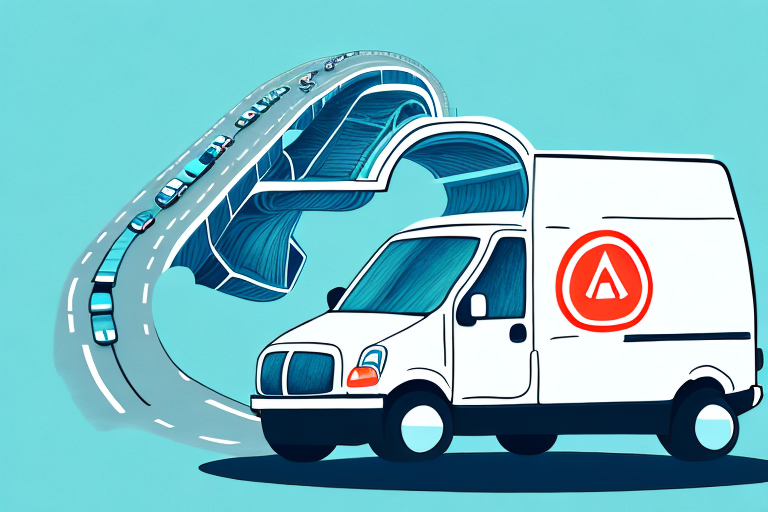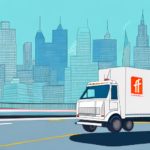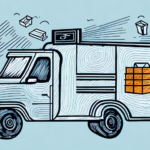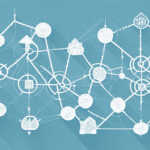Understanding Last Mile Delivery
Last mile delivery has emerged as a pivotal component in the logistics and supply chain industry. It encompasses the final step of the delivery process, moving goods from a transportation hub or warehouse to the end customer's location, whether it be a residential address or a retail storefront. This phase is critical as it directly impacts customer satisfaction and the overall efficiency of the delivery network.
What is Last Mile Delivery?
Last mile delivery refers to the movement of goods from a distribution center or warehouse directly to the customer's doorstep. It is the concluding segment of the supply chain and is essential for ensuring that products reach consumers promptly and in good condition. According to a McKinsey report, last mile delivery can account for up to 50% of total logistics costs, highlighting its significant impact on overall operational expenses.
Importance of Efficient Last Mile Delivery
Efficient last mile delivery is crucial for several reasons:
- Customer Satisfaction: Timely and accurate deliveries enhance the customer experience, fostering loyalty and repeat business.
- Competitive Advantage: Companies that optimize last mile delivery can outperform competitors through faster delivery times and lower costs.
- Operational Efficiency: Streamlined delivery processes reduce wasted resources, minimize delays, and improve overall logistics performance.
- Cost Reduction: Efficient routing and delivery methods can significantly lower transportation and operational expenses.
Challenges in Last Mile Delivery
Last mile delivery presents several challenges that logistics companies must navigate to ensure efficient operations:
High Delivery Costs
Last mile delivery often incurs higher costs compared to other stages of the supply chain. Factors such as labor, fuel, and vehicle maintenance contribute to increased expenses. For instance, a study by PwC indicates that labor costs can constitute up to 60% of the total delivery expenses.
Traffic and Infrastructure Issues
Urban traffic congestion and inadequate infrastructure can lead to delays and increased fuel consumption. Limited parking spaces and complex navigation routes further exacerbate these challenges, making timely deliveries difficult.
Customer Availability and Package Theft
Coordinating delivery times to match customer availability is often challenging. Additionally, package theft or "porch piracy" has become a growing concern, leading to losses and diminished trust among consumers.
Environmental Sustainability
There is increasing pressure to adopt eco-friendly delivery practices. The use of electric vehicles and bicycles is on the rise, but the initial investment and scalability remain significant hurdles for many logistics firms.
Enhancing Last Mile Delivery with Tracking Solutions
Implementing effective tracking solutions is essential for overcoming the challenges associated with last mile delivery. These technologies provide real-time visibility into the delivery process, enabling better management and optimization.
What are Tracking Solutions?
Tracking solutions encompass a range of technologies that monitor the location and status of packages throughout the delivery journey. They provide real-time updates to both service providers and customers, enhancing transparency and efficiency.
Types of Tracking Solutions
- GPS Technology: Utilizes satellite systems to provide real-time location data for delivery vehicles.
- Barcode Scanning: Enables the tracking of packages at various checkpoints through barcode readers.
- RFID Technology: Employs radio-frequency identification for automated and accurate package tracking.
- Mobile Apps: Allow customers to track their deliveries in real time and receive notifications.
- Electronic Logging Devices (ELDs): Monitor and record vehicle movements to ensure regulatory compliance.
Advantages of Implementing Tracking Solutions
- Operational Efficiency: Optimizes delivery routes and schedules, reducing delivery times and costs.
- Real-Time Tracking: Provides up-to-date information on package location and status, enhancing transparency.
- Reduced Package Theft: Increased visibility deters theft and ensures packages are delivered to the correct locations.
- Improved Customer Experience: Real-time updates and accurate delivery estimates enhance customer satisfaction.
Role of Technology in Optimizing Last Mile Delivery
Technology plays a transformative role in refining last mile delivery processes. Advanced tools and systems enable logistics companies to enhance efficiency, reduce costs, and elevate the customer experience.
GPS Technology
GPS technology is fundamental in tracking the precise location of delivery vehicles. It facilitates route optimization by analyzing traffic patterns and road conditions, thereby minimizing delays and fuel consumption.
Real-Time Tracking
Real-time tracking systems allow both providers and customers to monitor the progress of deliveries live. This transparency helps in managing expectations and swiftly addressing any issues that may arise during transit.
Artificial Intelligence and Machine Learning
AI and machine learning algorithms analyze vast amounts of data from tracking systems to predict delivery times, optimize routes, and improve decision-making processes. These technologies can also anticipate potential disruptions and suggest proactive measures to mitigate delays.
Integrating Tracking Solutions with Other Systems
Seamless integration of tracking solutions with warehouse management systems and other logistical software ensures a synchronized and efficient delivery process. This integration enhances data accuracy and facilitates streamlined operations across the supply chain.
Best Practices and Implementation
Successfully implementing tracking solutions in last mile delivery requires adherence to best practices and strategic planning:
Best Practices for Implementing Tracking Solutions
- Select Appropriate Technology: Choose tracking solutions that align with the specific needs and scale of your operations.
- System Integration: Ensure that tracking tools integrate seamlessly with existing systems such as inventory management and CRM platforms.
- Customer Communication: Provide customers with access to real-time tracking information through user-friendly interfaces like mobile apps.
- Training and Support: Equip delivery personnel with the necessary training to effectively use tracking technologies.
- Continuous Optimization: Regularly assess and refine delivery routes and processes based on data insights from tracking systems.
Challenges in Adopting New Technologies
- High Implementation Costs: Initial investment in advanced tracking technologies can be substantial.
- Resistance to Change: Both employees and customers may resist adopting new systems and processes.
- Technology Reliability: Ensuring the reliability and accuracy of tracking technologies is crucial for effective implementation.
- Integration Difficulties: Integrating new tracking solutions with existing systems can be complex and time-consuming.
Case Studies and Future Trends
Examining successful implementations and emerging trends provides valuable insights into the future of last mile delivery.
Case Studies: Successful Implementations
Amazon: Amazon employs advanced real-time tracking and route optimization technologies to ensure swift and efficient deliveries. Their use of machine learning algorithms helps predict delivery times accurately, enhancing customer satisfaction.
FedEx: FedEx utilizes RFID technology to monitor packages throughout the delivery process. This system has significantly improved route efficiency and reduced operational costs, demonstrating the tangible benefits of integrated tracking solutions.
Future Trends and Innovations
- Increased Use of AI and Machine Learning: These technologies will further enhance route optimization and predictive analytics, leading to more efficient delivery processes.
- Integration with Autonomous Vehicles and Drones: The adoption of autonomous delivery vehicles and drones will revolutionize last mile delivery, offering faster and more flexible delivery options.
- Enhanced Mobile Applications: Future mobile apps will provide even more detailed real-time tracking features and customer interaction capabilities.
- Sustainable Delivery Solutions: There will be a greater emphasis on eco-friendly delivery methods, such as electric vehicles and cargo bikes, to meet environmental sustainability goals.
As technology continues to evolve, last mile delivery will become increasingly efficient, cost-effective, and customer-centric. Embracing these advancements will be essential for logistics companies aiming to maintain a competitive edge in the rapidly changing market.




















